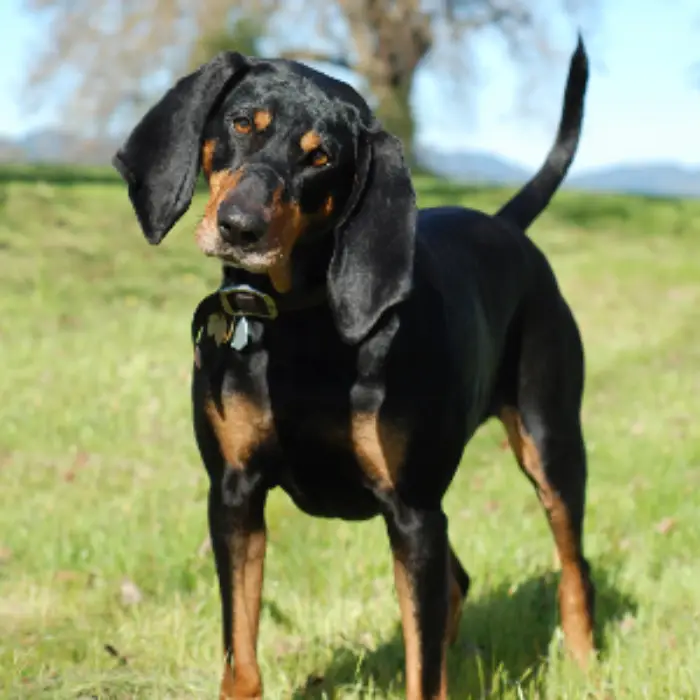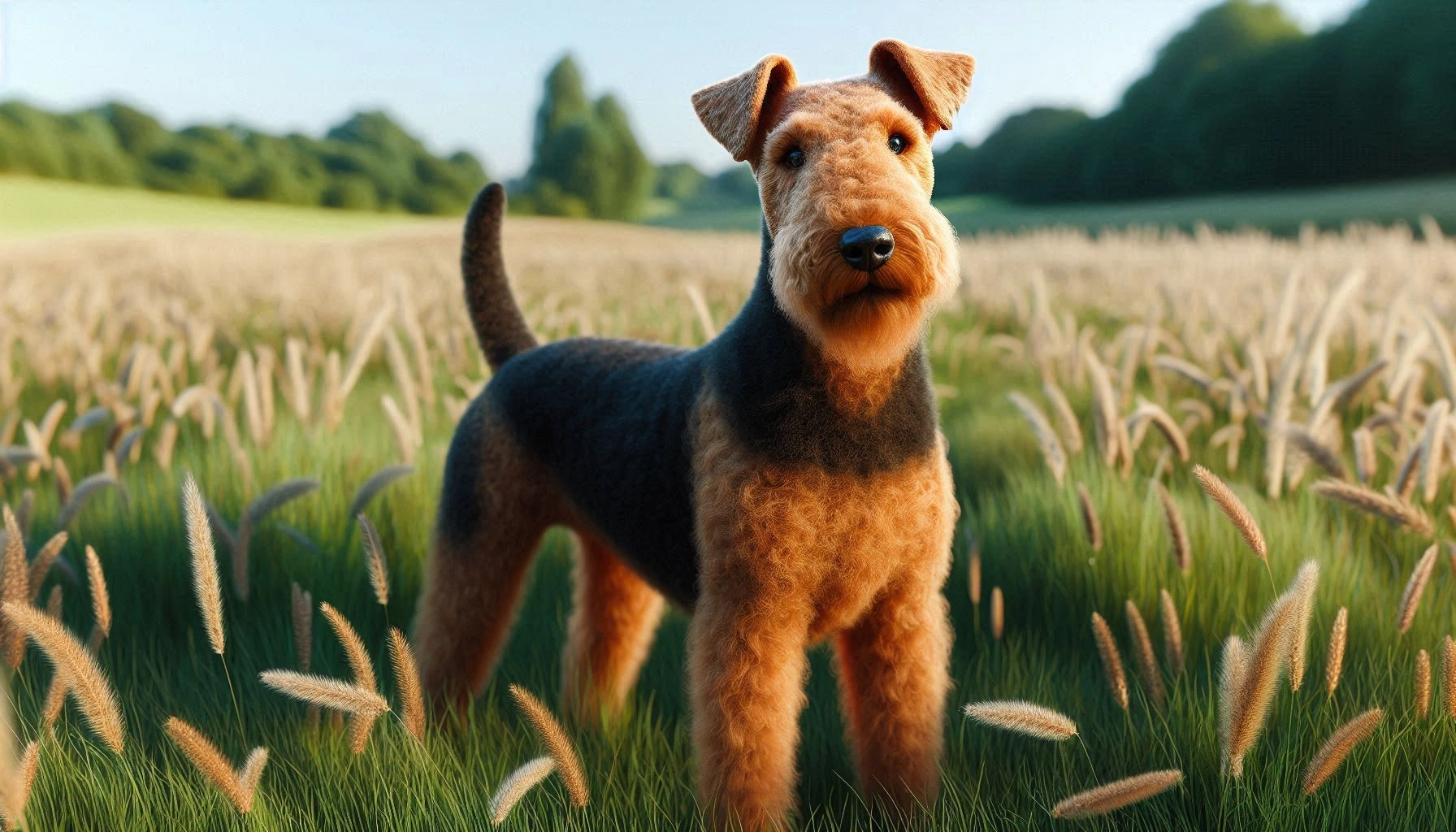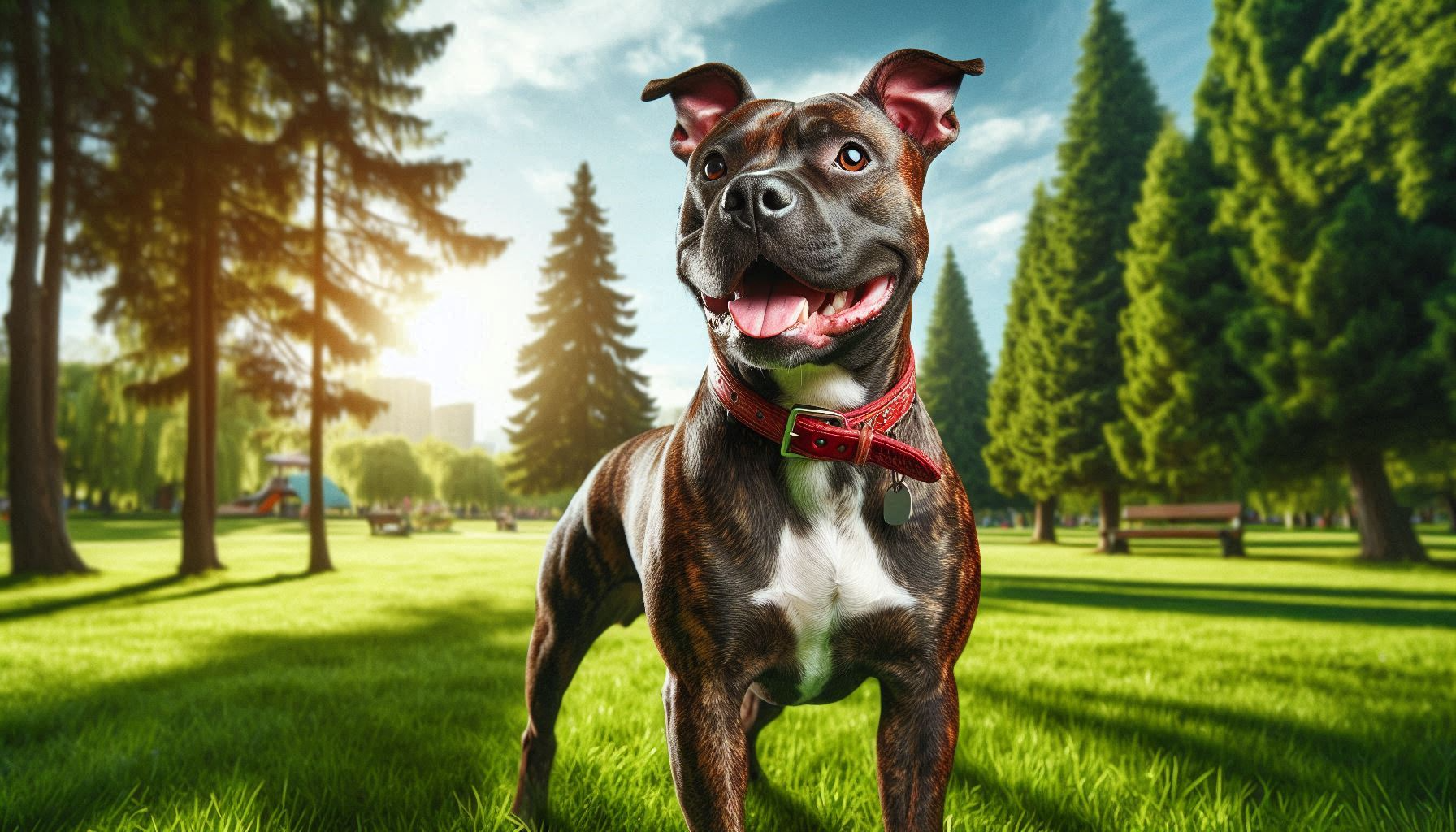Table of Contents
Foxhound Dog Breed
The Foxhound is a distinguished and versatile dog breed known for its exceptional hunting skills, endurance, and friendly nature. Originally bred for fox hunting, Foxhounds have a rich history that spans several centuries. These dogs are admired for their loyalty, strong work ethic, and sociable demeanor, making them popular among hunters and dog enthusiasts alike. Whether you’re looking for a dedicated hunting companion or a loyal family pet, the Foxhound has much to offer. In this article, we’ll explore the Foxhound’s history, physical characteristics, temperament, health, care, and more.
Foxhound Dog History and Origin

The Foxhound’s history dates back to the 16th century in England, where it was developed specifically for the purpose of hunting foxes. As fox hunting became a popular sport among English nobility, the need for a dog that could track, chase, and corner foxes led to the creation of the Foxhound. The breed is believed to have been developed by crossing various hounds, including the Greyhound, Staghound, and Bloodhound, to achieve a dog with speed, endurance, and an exceptional sense of smell.
There are two main varieties of Foxhound: the English Foxhound and the American Foxhound. The English Foxhound is the older of the two, with a history deeply rooted in the English countryside. The American Foxhound, developed in the 17th and 18th centuries, was bred from English Foxhounds brought to the American colonies. The American variety was adapted to the rugged terrain and larger game found in the New World, resulting in a breed that is slightly taller and lighter than its English counterpart.
Both varieties share a common ancestry and are known for their hunting prowess. Over the years, the Foxhound has maintained its reputation as an excellent hunter, while also becoming a beloved family pet for those who appreciate its energetic and friendly nature.
Foxhound Dog Physical Characteristics

Foxhounds are medium to large sized dogs with a well balanced and athletic build. Their physical appearance reflects their history as hunting dogs, with a combination of strength, speed, and stamina.
Size and Build
Foxhounds typically weigh between 60 to 75 pounds (27 to 34 kg) and stand 21 to 25 inches (53 to 64 cm) tall at the shoulder. The American Foxhound is generally taller and more slender, while the English Foxhound has a more robust build. Both varieties possess a strong, muscular body with a deep chest that allows for ample lung capacity, enabling them to run long distances without tiring.
Coat Type and Colors
Foxhounds have a short, dense coat that lies close to the body. The coat is smooth and weather-resistant, providing protection against the elements during long hunts. This breed comes in a variety of colors, with the most common being tricolor (black, white, and tan), red and white, or lemon and white. The coat requires minimal grooming, making it relatively low-maintenance.
Distinctive Features
One of the most distinctive features of the Foxhound is its long, drooping ears, which enhance its ability to pick up scents. The breed’s large, expressive eyes exude a sense of intelligence and warmth. Foxhounds have a straight, strong tail that is typically carried high, a trait that adds to their alert and confident appearance.
Temperament and Personality
Foxhounds are known for their even-tempered and friendly nature. They are social dogs that enjoy the company of people and other animals, making them excellent companions in a variety of settings.
Interaction with People and Animals
Foxhounds are gentle and affectionate dogs that form strong bonds with their families. They are especially good with children, displaying patience and a playful demeanor. However, their high energy levels and strong prey drive mean that they may not be the best choice for very young children, as they can be a bit too exuberant in their play.
When it comes to other animals, Foxhounds generally get along well with other dogs, particularly if they have been raised together or properly socialized. However, due to their hunting background, they may have a strong instinct to chase smaller animals, such as cats or rabbits. Early socialization and training are important to ensure that they learn to coexist peacefully with other pets.
Personality Traits
Foxhounds are intelligent, alert, and highly energetic dogs. They have a strong work ethic and thrive in environments where they can be active and engaged. This breed is known for its independence, which can sometimes translate into stubbornness. While Foxhounds are eager to please, they may require a firm and consistent hand in training to ensure they follow commands.
Despite their independence, Foxhounds are also known for their loyalty and love of companionship. They do not do well when left alone for long periods and may develop separation anxiety or destructive behaviors if not given enough attention and stimulation.
Health and Lifespan
Foxhounds are generally a healthy breed with a lifespan of 10 to 13 years. However, like all breeds, they are prone to certain genetic health issues. Regular veterinary care and a healthy lifestyle can help ensure that your Foxhound lives a long and happy life.
Common Health Issues
Some of the common health concerns in Foxhounds include:
- Hip Dysplasia: A condition where the hip joint does not fit together properly, leading to pain and arthritis. This is a common issue in larger breeds and can be managed with proper care and treatment.
- Ear Infections: Due to their long, drooping ears, Foxhounds are prone to ear infections. Regular ear cleaning and checks can help prevent this problem.
- Bloat: Also known as gastric torsion, bloat is a life-threatening condition that affects deep-chested dogs like the Foxhound. It occurs when the stomach fills with gas and twists, cutting off blood supply. Immediate veterinary attention is required if bloat is suspected.
- Progressive Retinal Atrophy (PRA): A genetic condition that leads to gradual blindness. Responsible breeders screen for this condition to reduce its occurrence in the breed.
Tips for Keeping the Foxhound Healthy
To keep your Foxhound healthy, regular veterinary check-ups are essential. A balanced diet, appropriate for the dog’s age, size, and activity level, is crucial for maintaining good health. Regular exercise is also important, as Foxhounds are an active breed that needs plenty of physical activity to prevent obesity and related health issues. Dental care, including regular brushing and professional cleanings, can help prevent dental disease, which is common in many dog breeds.
Care and Grooming

Caring for a Foxhound involves regular grooming, exercise, and attention to its dietary needs. While the breed is relatively low maintenance in terms of grooming, its high energy levels require a commitment to daily exercise and mental stimulation.
Grooming Needs
Foxhounds have a short, dense coat that is easy to care for. Weekly brushing with a soft bristle brush or grooming mitt will help remove loose hairs and keep the coat looking shiny and healthy. The breed sheds moderately, so regular brushing can help minimize shedding around the home.
Bathing should be done as needed, typically every few months, unless the dog becomes particularly dirty. Given their propensity for ear infections, it is important to regularly check and clean the Foxhound’s ears to prevent wax buildup and infections. Nail trimming should be done regularly to prevent overgrowth, and teeth should be brushed several times a week to maintain dental health.
Exercise Requirements
Foxhounds are highly energetic dogs that require plenty of exercise to stay happy and healthy. Daily walks, combined with playtime in a secure yard, are essential for meeting their physical needs. Foxhounds enjoy activities such as running, hiking, and playing fetch, and they excel in dog sports like tracking and agility.
Without sufficient exercise, Foxhounds can become bored and may develop destructive behaviors, such as chewing or digging. They are also known for their strong hunting instincts, so it’s important to keep them on a leash or in a securely fenced area when outside to prevent them from wandering off in pursuit of a scent.
Dietary Recommendations
A high quality commercial dog food that meets the nutritional needs of active breeds is recommended for Foxhounds. Owners should monitor their dog’s weight and adjust feeding portions as needed to prevent obesity. Treats can be used as rewards during training but should be given in moderation to avoid weight gain. Fresh water should always be available to keep the dog hydrated, especially after exercise.
Training and Socialization
Training a Foxhound can be both rewarding and challenging due to the breed’s intelligence and independent nature. Early socialization and consistent training are key to raising a well behaved and balanced dog.
Challenges in Training
Foxhounds are intelligent dogs, but their independent streak can sometimes make training a challenge. They are easily distracted by scents and may lose focus during training sessions. To overcome this, training should be kept short, fun, and engaging, with plenty of positive reinforcement, such as treats and praise. It is important to establish a strong bond with your Foxhound, as this will make training more effective.
Socialization Tips
Socialization should begin early, ideally when the dog is still a puppy. Introducing the Foxhound to a variety of people, environments, and other animals will help it develop into a well-rounded adult. Puppy classes can be an excellent way to start socialization while also teaching basic obedience. Continued socialization throughout the dog’s life is important to maintain its confidence and sociability.
Suitability as a Family Pet

The Foxhound can make a wonderful family pet for the right household. Its friendly and affectionate nature makes it a great companion, especially for active families who can meet its exercise needs.
Living Environment Considerations
Foxhounds are adaptable and can live in both urban and rural environments, as long as they receive sufficient exercise. However, they thrive in homes with a fenced yard where they can run and play. Due to their strong hunting instincts, it is important to keep them on a leash or in a secure area when outside, as they may chase after small animals or follow an interesting scent.
Energy Levels
This breed is highly energetic and needs regular physical and mental stimulation. Families that enjoy outdoor activities, such as hiking, running, or playing in the yard, will find the Foxhound to be a perfect match. The breed’s playful nature also means it enjoys interactive games and toys that challenge its intelligence.
Fun Facts and Trivia
- Historic Hunts: Foxhounds were once part of royal hunting packs, including those of King Henry VIII and George Washington, who is considered the father of the American Foxhound.
- Musical Voice: Foxhounds are known for their melodious baying, which they use to communicate with other hounds during a hunt. This “voice” is a distinctive characteristic of the breed.
- Endurance: Foxhounds are built for stamina and can run for hours without tiring, making them ideal for long hunts and outdoor activities.
Dog Breeds Similar to the Foxhound



- Beagle: The Beagle is a smaller hound breed known for its exceptional sense of smell and friendly nature. Like the Foxhound, it was originally bred for hunting and shares the Foxhound’s energetic and social personality.
- Harrier: The Harrier is another medium-sized hound breed that closely resembles a small Foxhound. It is also a scent hound and was bred for hunting, with similar energy levels and a strong prey drive.
- Coonhound: Coonhounds, such as the Bluetick Coonhound or the Redbone Coonhound, share the Foxhound’s hunting background and strong scenting abilities. They are also known for their endurance and friendly, sociable nature.
Conclusion
The Foxhound is a versatile, energetic, and loyal breed that brings a lot of joy to the right household. With its rich history, impressive physical abilities, and friendly personality, the Foxhound makes an excellent companion for active individuals and families. Whether you’re drawn to its hunting heritage or simply appreciate its lively and affectionate nature, the Foxhound could be the perfect addition to your family. If you’re considering bringing a Foxhound into your life, be prepared for a lifetime of love, adventure, and companionship.
FAQs
Is the Foxhound a dangerous dog?
No, the Foxhound is not a dangerous dog. It is known for its friendly and gentle nature, especially with people and other dogs. However, like all dogs, proper training and socialization are important to ensure good behavior in different situations.
Is the Foxhound a good guard dog?
The Foxhound is not typically considered a good guard dog. While it may alert you to the presence of strangers with its distinctive bark, it is generally too friendly and sociable to be an effective guardian. The breed’s primary role has always been as a hunting companion rather than a protector.



